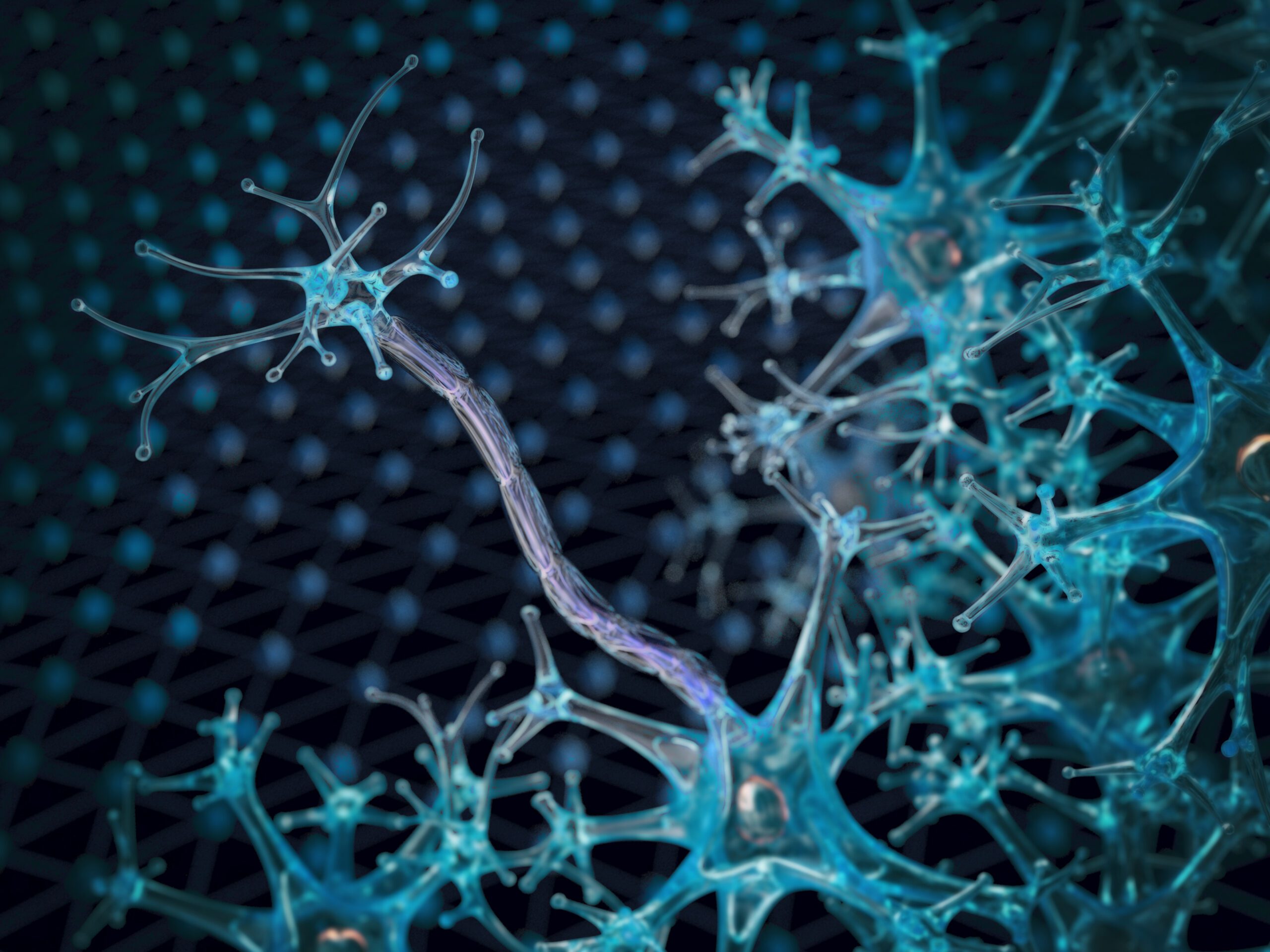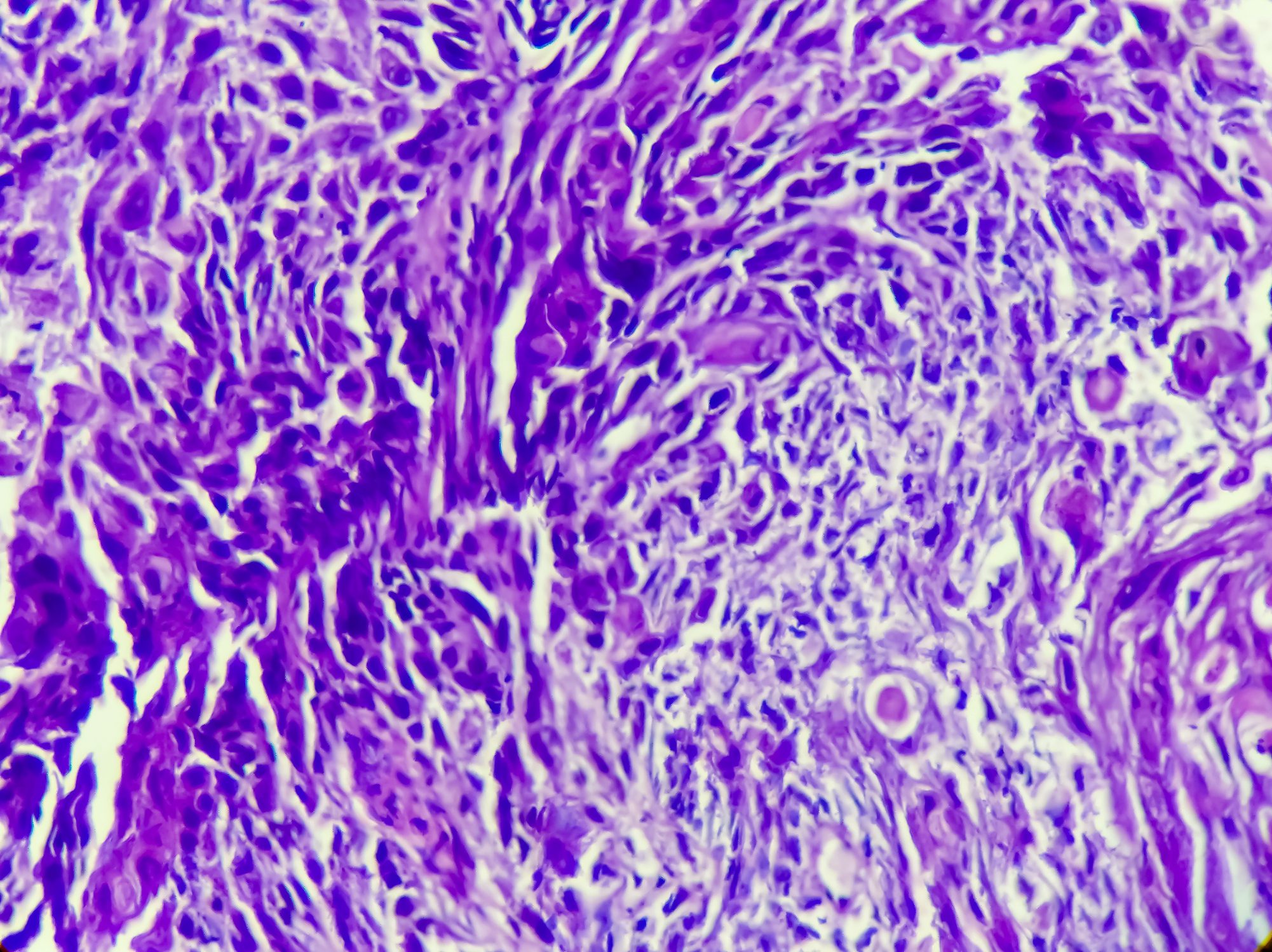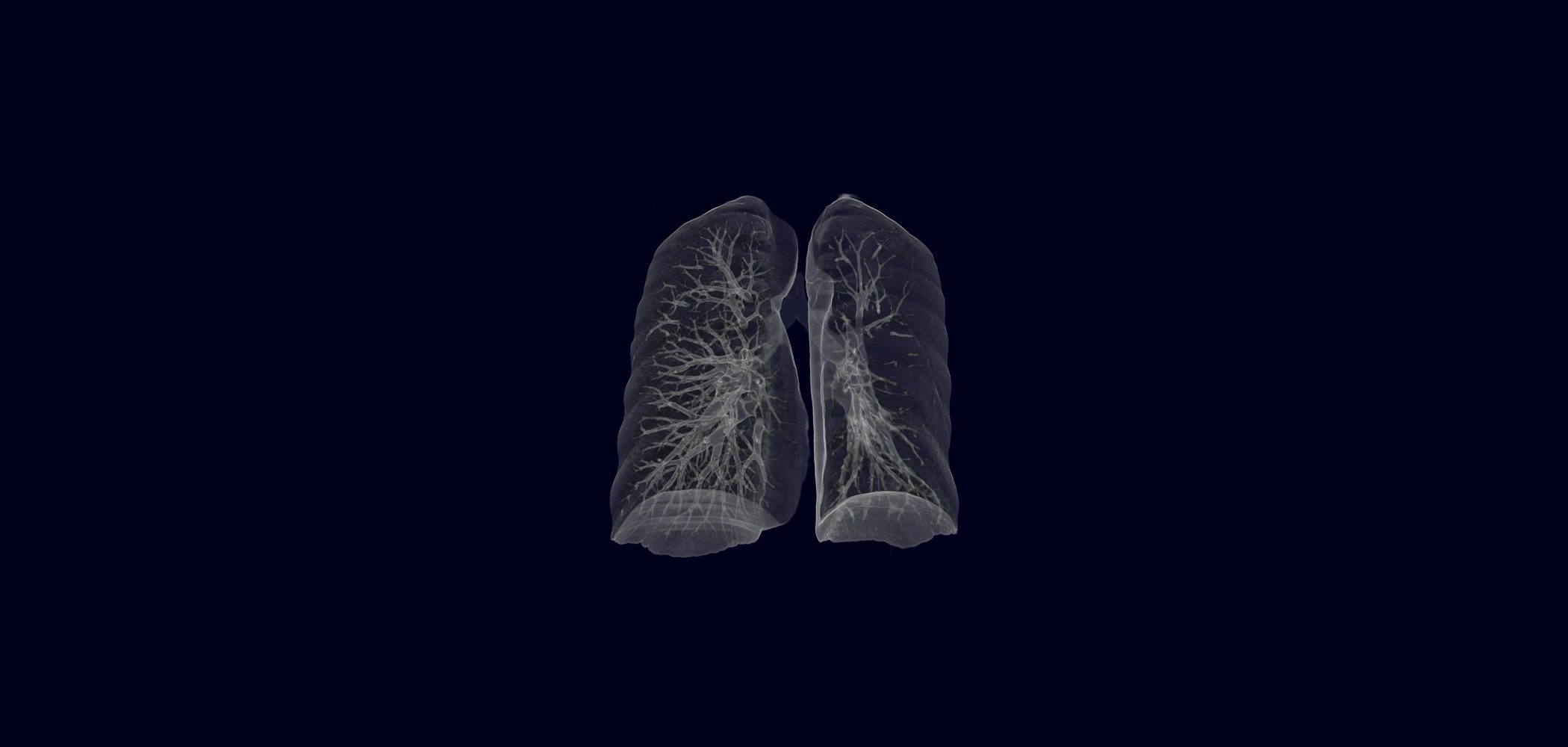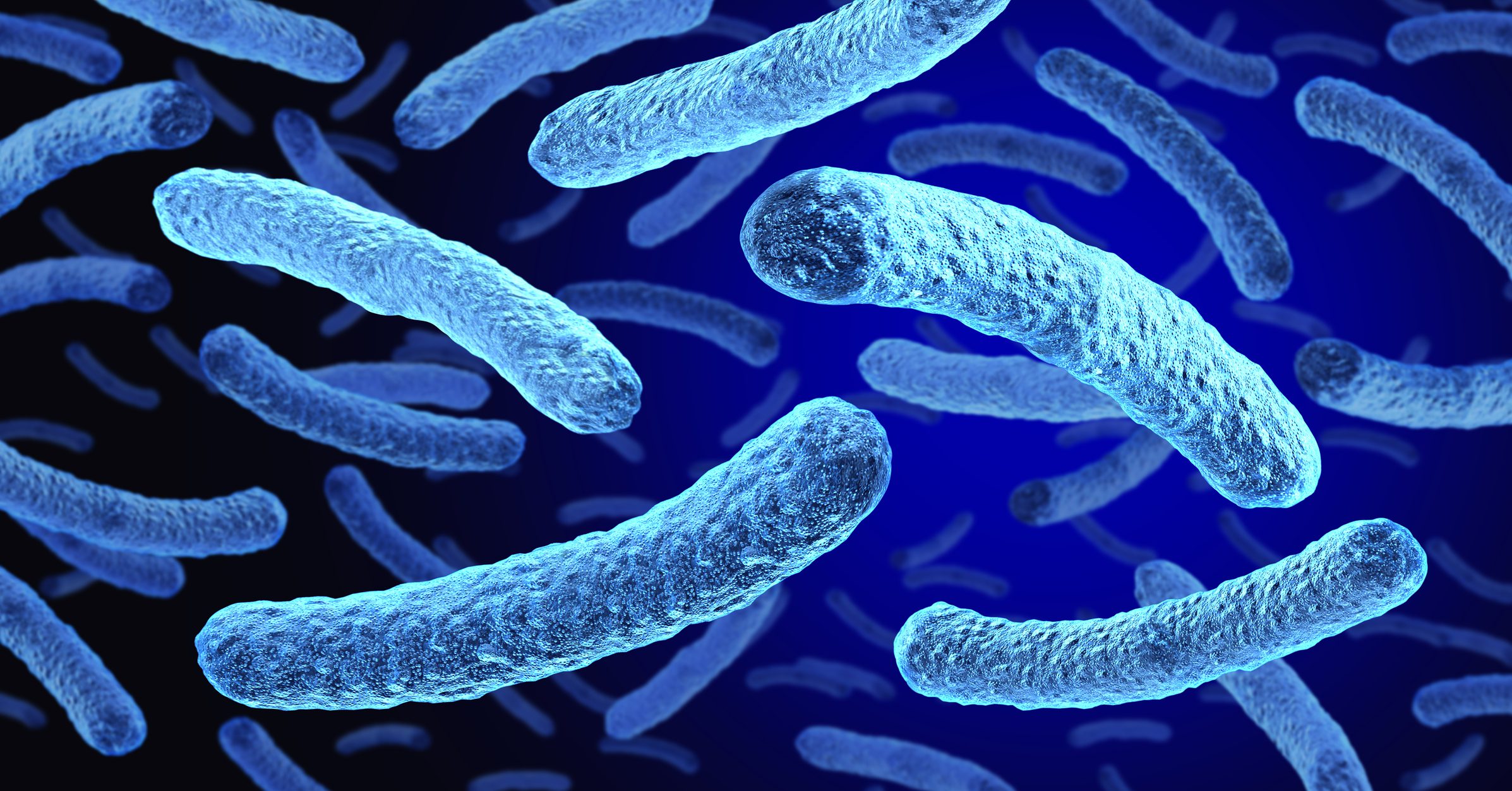In spinal muscular atrophy, insufficient SMN protein is provided due to a defect or loss of the SMN1 gene. As a result, motor neurons in the spinal cord and lower brainstem perish. The consequences are increasing muscle weakness as well as progressive muscle atrophy. To increase the amount of functional SMN protein, gene therapy and splicing modification are currently available.
Spinal muscular atrophy (SMA) is one of the rare genetic disorders. However, it is also the most common hereditary disease resulting in death in infancy [1]. It is caused by low levels of survival moto neuron protein (SMN) due to inactivating mutations in the coding gene SMN1. SMN plays a critical role in motor neuron survival. These nerve cells in turn control the muscles. Consequently, if not enough SMN is produced, this results in progressive weakness and ultimately atrophy of the musculature [2].
Classification based on severity
The disease is subdivided into non-proximal SMA, which is very rare and whose impact on various functions varies significantly, and proximal SMA. This accounts for approximately 90% of SMA and is characterized by onset in proximal muscle groups. Depending on the severity, another five types can be defined here. Type 0, neonatal SMA, begins in utero and is associated with hypotonia, muscle weakness, and respiratory failure. SMN type 1 usually becomes symptomatic in the neonatal period and characterizes the most severe form. A pronounced inability to move also makes breathing and swallowing difficult. If left untreated, babies usually do not reach important developmental milestones, such as head control, sitting freely, or crawling and walking. Also, most infants die within the first two years of life due to respiratory muscle failure if they do not receive adequate treatment management [2,3].
When diagnosed with type 2, also known as chronic infantile SMA, children are usually between seven and 18 months old and can sit without assistive devices. However, their motor development is severely delayed because they often need assistance to sit down and they will never be able to stand or walk [4]. Juvenile SMA, type 3, begins around the third year of life. The rather mild course allows a free gait and stance. However, life expectancy is significantly shortened [5]. The least severely affected are patients with adult SMA whose onset of disease is beyond the age of 30. The course can vary greatly from individual to individual and life expectancy is usually normal.
Advances in treatment management
Basically, the disease requires a multimodal therapy concept consisting of nutrition, orthopedics, physiotherapy, respiratory support, rehabilitation and pharmacotherapy, among others. However, SMA has only recently become treatable with medication. Two approaches have become established and have been successfully approved. Gene therapy targets the SMN1 gene and compensates for the defective gene via molecularly modified viruses. Splicing modification involves enhancing the translation of the SMN2 gene into functional SMN protein.
Literature:
- Bowerman M, et al: Therapeutic strategies for spinal muscular atrophy: SMN and beyond. Dis Model Mech 2017; 10: 943-954.
- https://dgn.org/presse/pressemitteilungen/spinale-muskelatrophie-bei-saeuglingen-sma-typ-1-europaeische-studie-bestaetigt-wirksamkeit (last accessed on 15.01.2022)
- Kolb SJ, Kissel JT. Spinal Muscular Atrophy. Neurol Clin 2015; 33: 831-846.
- www.sma-europe.eu/essentials/spinal-muscular-atrophy-sma/type-2 (last accessed on 15.01.2022)
- www.muskelgesellschaft.ch/diagnosen/spinale-muskelatrophien-sma (last accessed on 15.01.2022)
InFo NEUROLOGY & PSYCHIATRY 2022; 20(1): 19.












